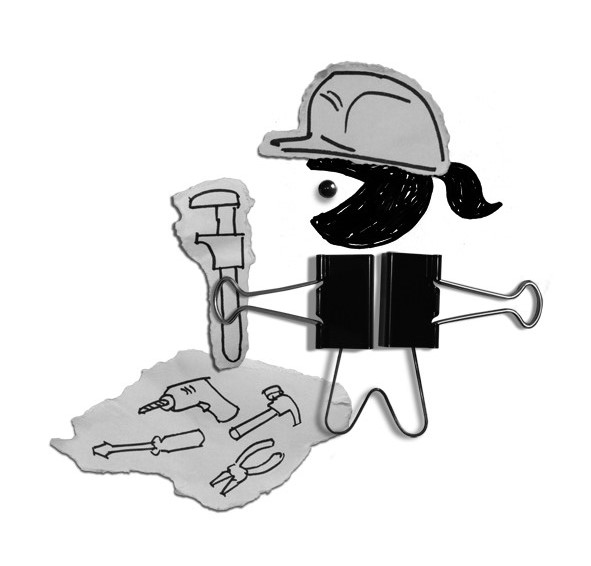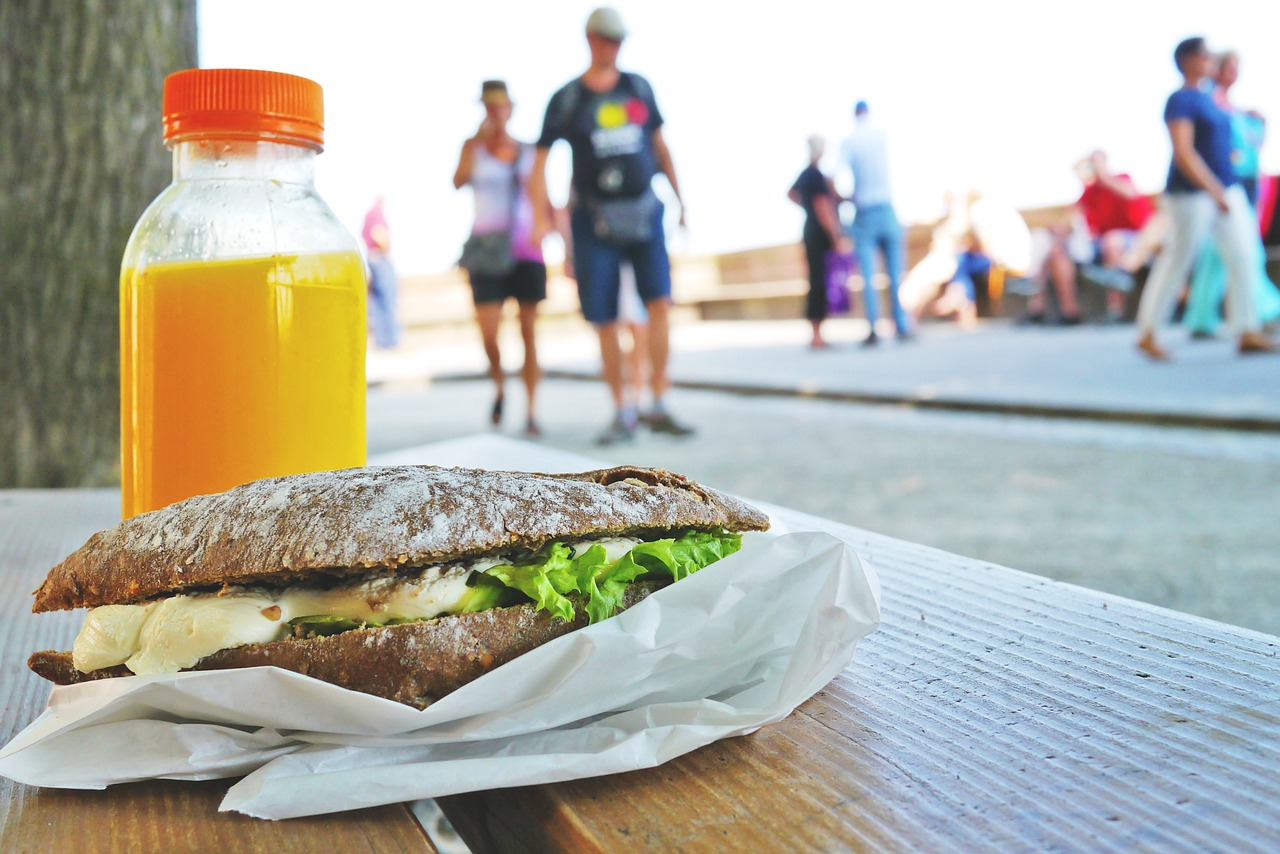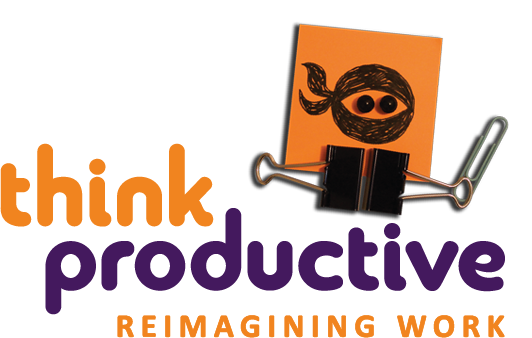Taking Proper Breaks
Being prepared is as much about practical preparation, as it is about mental preparation. Many of us have lots of top-notch systems in place. If we don’t allow ourselves periods of rest, however, our bodies, minds and productivity will suffer. At the end of the day you can only be ruthless if you’ve got the energy to do so.

Mental Preparedness
Being mentally prepared requires mindfulness. It means being self-aware and taking particular care of our most precious resources – our own attention and energy. We need time to be off duty too. That may involve a long social media binge, or catching up on the latest Netflix series. Perhaps it means going out with friends or taking time to focus your attention onto something completely different. Even today, with flexible working arrangements on the rise, and the capability to work anywhere, we still often hear from trainees that bosses still put pressure on their team to stay late.
“I have talked to a lot of people who say that even though no one feels like there’s anything to do, let alone feels ready to do anything, they still stay for about five minutes after the boss has gone home.” – Graham Allcott
These are all classic examples of ‘presenteeism’. Just because we’re still present in the office, doesn’t mean we’re adding any value. In fact, studies have shown that most knowledge workers only spend about 2 to 4 hours working per day. That means the other 4 to 6 hours are spent on stressing, checking emails, surfing the web, etc.
If you’re in a similar position and keep on finding yourself stuck at the office, missing drinks with friends, dinner with your children or simply getting home before it’s dark outside – something needs to change. The good news: we’re here to help!
Start Listening To Your Body
If you constantly find yourself flitting between tasks or getting distracted by any noise or movement near you, it’s probably your body and mind telling you to take a break. The overall consensus is that today’s knowledge worker should be taking 15-20 minutes long breaks after every 50 – 90 minutes. Plus a longer break for lunch. Frequency is the name of the game here.
Starting off with regular breaks can be difficult. One way to ease into a good rhythm is to start using the Pomodoro Technique, which eases you into the rhythm of undisturbed focus with regular breaks in between.
[vc_cta h2=”Did Someone Say Pomodoro Technique?” txt_align=”center” color=”violet” add_button=”bottom” btn_title=”Read More” btn_color=”warning” btn_align=”center” btn_link=”url:https%3A%2F%2Fthinkproductive.com.au%2Fthe-pomodoro-technique%2F||target:%20_blank|”]Learn what the Pomodoro Technique is all about and how you can start applying it to the way you work right away. It’s that easy.[/vc_cta]
Listening to your body goes beyond your regular daily breaks. We all have days where we feel under the weather, generally tired or just need a day to ourselves. There’s no shame in this. It’s important to recognize that pushing through and carrying on is potentially not the best solution. If you’re not feeling 100% and you push through anyway, your quality of work would have suffered and you would probably not achieve anything significant. Whereas, if you get to know your body and listen to it carefully, you’ll know what’s best and when it’s time to pull the plug and rest up.
Lunch is Not for Wimps
‘Crunching’ is a term that means buckling down, eyes on the deadline or conscious of the busy period ahead. It means not looking after yourself and not coming up for air. Crunching is a great short-term tactic when the going gets tough. But studies show that sustained periods of ‘crunch’ only lead to diminishing returns.
In the film Wall Street, Gordon Gecko, brilliantly played by Michael Douglas, utters the now legendary phrase, “Lunch is for wimps”. It stuck in the collective consciousness and you’ll still hear it used to this day. Probably more than you think. Studies show that two thirds of employees feel pressured to work through lunch and 80% of 25-34 year olds regularly work through their lunch breaks. Well, lunch is not for wimps. Lunch is for Productivity Ninjas.

Lunch breaks, in addition to our regular breaks throughout the day, give us the perfect opportunity to unplug in the middle of the day. The only thing that’s worse than working through your lunch break, is having lunch at your desk.
We need to remove ourselves from our desks and our laptops and phones. Get outside, meet up with colleagues for an informal (not work related!) catch up, grab a book and read a chapter or two – whatever will take your mind off work, start doing it and, of course, don’t forget to make food choices which will boost your energy for the rest of the day.
Breaks Are for Leaders Too
We always makes sure our team take enough breaks throughout the day, as well as book off enough time to really get away from everything and rest. But taking plenty of breaks and resting isn’t just for the wider team – it’s just as important for the leaders at the top.
“Even if you are passionate about your job or you run a business. No one is a superhero. Everyone needs a break. Everyone needs to switch off. Everyone. And the costs of not doing so are high.” – Elena Kerrigan
In one of her latest LinkedIn articles, Elena explores the importance of resting and taking regular breaks – c-suite included.
Preparedness Leads to Magic
It’s difficult to say why taking lunch or short breaks during the working day always brings you so quickly back to ruthless focus and your ‘A’ game. It just happens that way. Periods of rest are vital for preparedness. Next time you spend any meaningful length of time during the hours of nine to five not working and move your attention onto something completely different, just watch what happens.
We bet that on that day, you’ll get more done, not less. It’s like a magical little secret. Different shifts in gear seem to work for different people, but it’s as much in the body as in the mind. A five-minute blast of fresh air is infinitely more effective than ten minutes screwing about on the internet with your work still open in the background. The trick is to find the thing that works for you.
Before you carry on, make sure your next break is already scheduled in.
By Hannah Urbanek
Hannah is Think Productive UK’s Head of Marketing and the voice behind much of our global social media and editorial content. You can connect with Think Productive Australia directly here or with Matt Cowdroy on LinkedIn.

